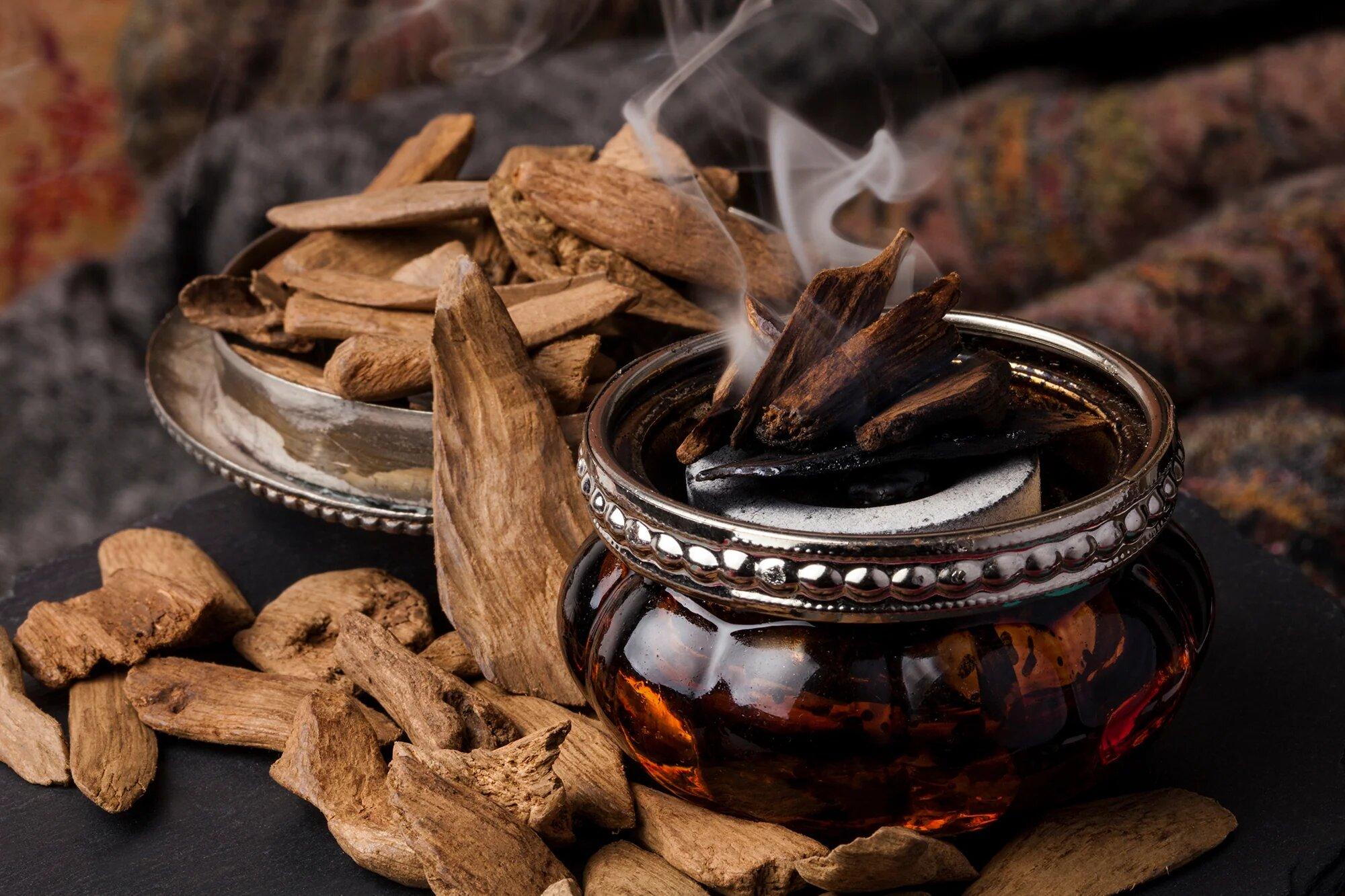Oud, often referred to as “liquid gold,” holds a prominent place in the cultural fabric of South Asia, particularly in countries such as Pakistan, India, and the Middle East. It is a fragrance derived from the resin of the Aquilaria tree, which is highly prized for its rich and exotic scent. Throughout centuries, Oud has been integral to South Asian traditions, symbolizing wealth, spirituality, and luxury. The appeal of this fragrant resin spans across various aspects of life, from religious ceremonies to social gatherings and personal use, reflecting its deeply ingrained significance in the region's cultural identity.
Saeed Anwar, a celebrated Pakistani cricketer, has made a remarkable transition from sports to entrepreneurship by launching his own Oud brand, Saby Saeed Anwar, in Pakistan. His luxury brand, Luxury Oud by Saeed Anwar, reflects his personal appreciation of this revered tradition. This move not only brings the essence of Oud to a broader audience but also highlights its enduring legacy in South Asian society. By incorporating the cultural and spiritual relevance of Oud into his brand, Saeed Anwar has managed to create a unique fusion of tradition and modernity, making Oud accessible in a new light.
Historical and Cultural Roots of Oud in South Asia
Oud’s historical roots in South Asia stretch back centuries. The resin of the Aquilaria tree, from which Oud is extracted, has been used in various parts of the world, but its cultural and spiritual significance is particularly pronounced in South Asia. In India and Pakistan, Oud is often associated with royalty and nobility, once used by kings and emperors in their courts to enhance the atmosphere of grandeur and elegance. The fragrance was a symbol of power, wealth, and exclusivity, and its use was often reserved for the elite.
The connection between Oud and spirituality also runs deep in South Asia. In Islamic tradition, Oud is revered for its purifying qualities and is often used in mosques and during prayer. The use of incense and Oud during religious ceremonies is believed to create a tranquil atmosphere, aiding in meditation and contemplation. The calming properties of Oud resonate with the spiritual practices of millions across South Asia, making it an essential element in many religious rituals, including weddings, festivals, and commemorations of holy events.
Oud in South Asian Personal and Social Practices
In everyday South Asian life, Oud holds a place of prestige, especially during social events. Whether it’s a wedding, festival, or family gathering, the rich, woody aroma of Oud enhances the atmosphere, making it synonymous with luxury and celebration. It’s not uncommon for individuals to wear Oud as a perfume, as it is believed to have an unmatched power to leave a lasting impression.
The art of perfume-making, or Attar production, is a craft that has been passed down through generations. South Asian perfumers, particularly in India and Pakistan, have perfected the art of distilling Oud into unique, highly sought-after fragrances. These traditional attars, often sold in delicate glass bottles, are known for their deep, lingering scents that embody the soul of South Asian culture.
Oud is also associated with hospitality, another central pillar of South Asian culture. Guests are often welcomed with Oud-infused air, whether it’s through the burning of incense or the application of perfumes. This warm, welcoming tradition reflects the value placed on generosity and respect for others.
The Modern Revival and Appeal of Oud
The global demand for luxury and exotic perfumes has led to the revival of Oud in recent years, and South Asia has remained at the heart of this growing trend. Oud’s timeless appeal has crossed regional borders, and it now occupies a place of prominence in international markets. However, its significance within South Asia remains unparalleled, rooted in centuries of tradition and custom. Brands like Luxury Oud by Saeed Anwar are helping to redefine how Oud is perceived in the modern world, making it more accessible while still preserving its cultural heritage.
The modern resurgence of Oud can be credited to a growing appreciation for natural and sustainable luxury products. As more people seek organic and authentic experiences, Oud offers an alternative to synthetic perfumes. The rich, multi-layered scent of Oud is considered a mark of refinement and sophistication. Brands like Saby Saeed Anwar are capitalizing on this renewed interest, blending tradition with contemporary sensibilities to offer a fragrance experience that is both luxurious and meaningful.
Conclusion: Oud as a Bridge Between Tradition and Modern Luxury
The cultural significance of Oud in South Asia is undeniable. It is a fragrance that encapsulates centuries of tradition, spirituality, and luxury, while also embracing the modern desire for authenticity and quality. Saeed Anwar’s venture into the world of luxury perfumes with Luxury Oud by Saeed Anwar reflects a deep understanding of this cultural heritage and his commitment to bringing it to the global stage. Through his brand, Anwar not only honors the legacy of Oud but also offers a modern take on an ancient tradition, bridging the gap between old and new, while staying true to the cultural significance of this revered fragrance in South Asian society.
Whether used in religious practices, social events, or as a personal luxury, Oud continues to play a pivotal role in South Asian culture. Its scent is a reminder of history, spirituality, and the timeless pursuit of elegance, making it a true cultural treasure.




